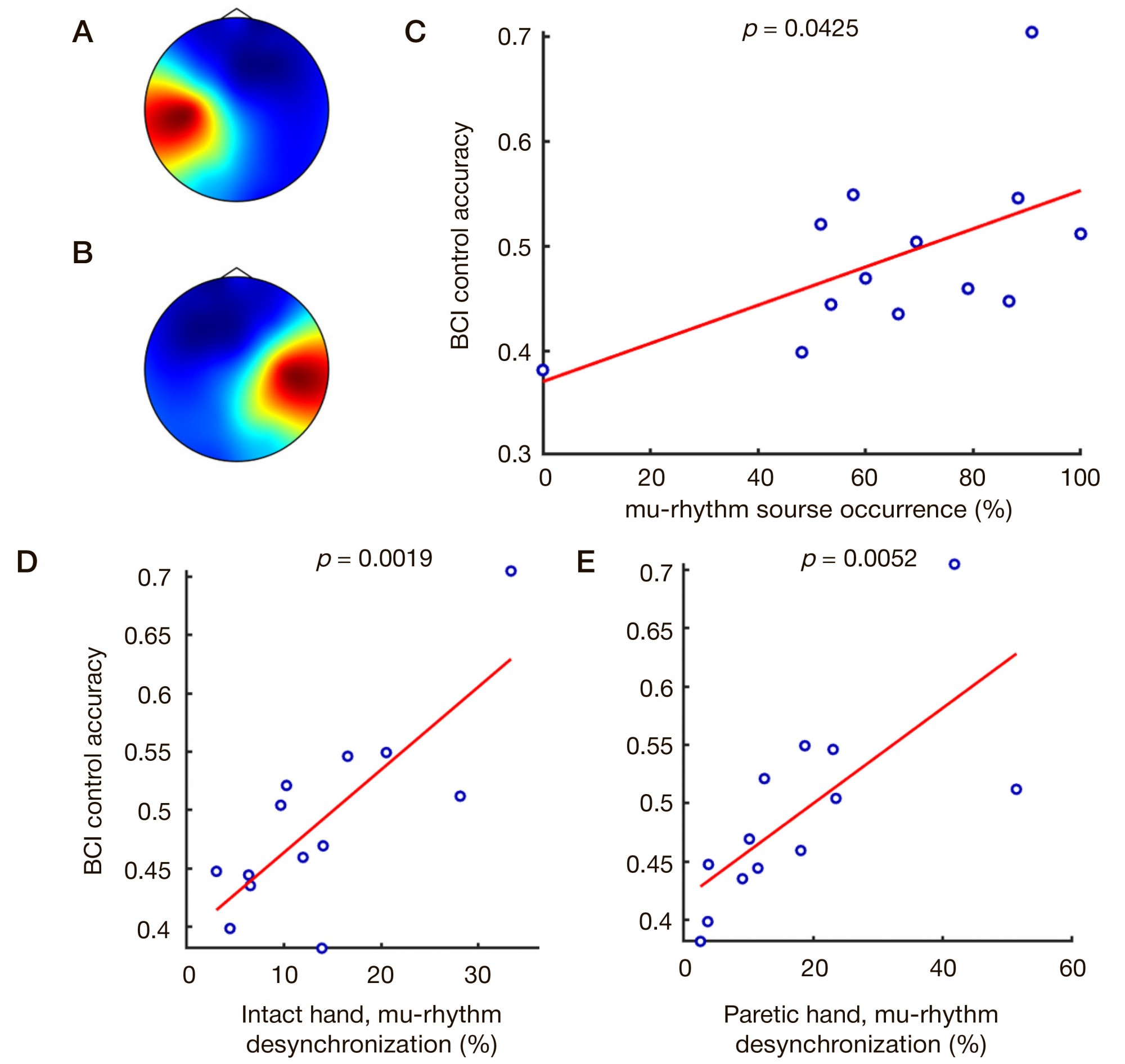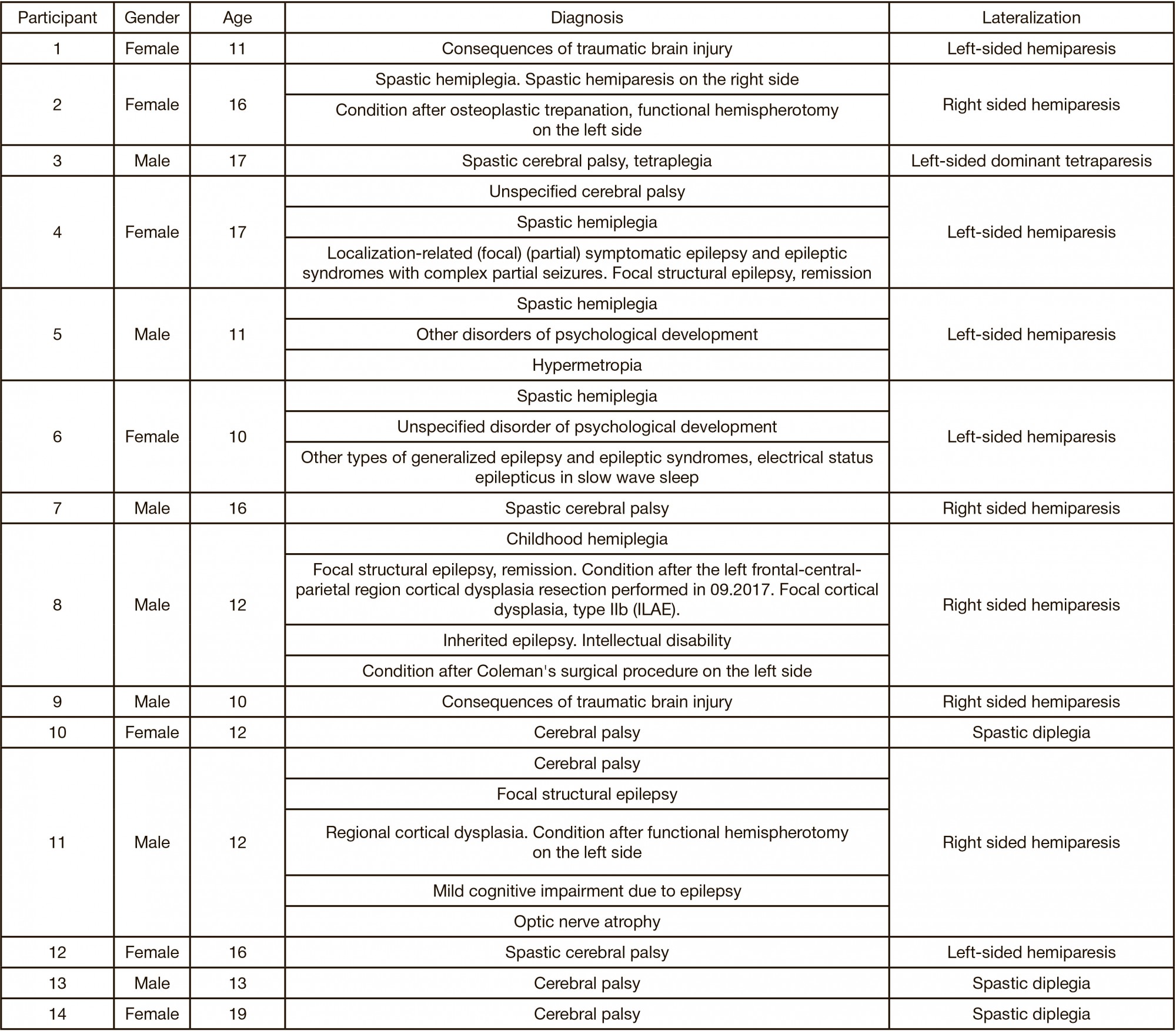
This article is an open access article distributed under the terms and conditions of the Creative Commons Attribution license (CC BY).
ORIGINAL RESEARCH
Rehabilitation of patients with cerebral palsy using hand exoskeleton controlled by brain-computer interface
1 Pirogov Russian National Research Medical University, Moscow, Russia
2 Institute of Higher Nervous Activity and Neurophysiology, Russian Academy of Sciences, Moscow, Russia
3 Russian Children's Clinical Hospital of Pirogov Russian National Research Medical University, Moscow, Russia
Correspondence should be addressed: Pavel D. Bobrov
Ostrovitianova, 1, Moscow, 117997; ur.xednay@vorbob-p
Funding: the study was supported by the Ministry of Science and Higher Education of the Russian Federation, project № RFMEFI60519X0184.
Author contribution: Bobrov PD — EEG processing and analysis, BCI accuracy estimation, manuscript writing; Biryukova EV — assessment scales scores statistical processing, manuscript writing; Polyaev BA, Lajsheva OA, Usachjova EL — clinical trial design; Usachjova EL — clinical trial management; Lajsheva OA, Sokolova AV, Mihailova DI, Dement’eva KN — development of methods for working with children, clinical data acquisition; Mihailova DI, Dement'eva KN — neuropsychological testing, training; Fedotova IR — literature analysis. All authors contributed to interpretation of the results and discussion.





